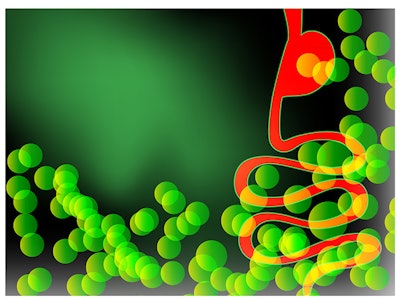
Research on the poultry microbiome is still in its infancy but offers promising insights into a range of diseases. Findings from the Human Microbiome Project offer guidance for interested scientists.
“Something that is a big benefit to us as poultry researchers is that the Humane Microbiome Project came first. It paved the way and provided a lot of solutions that we can use very quickly,” said Kristina M. Feye, Adjunct Assistant Professor at the University of Arkansas said July 20 during the 2020 Poultry Science Association Virtual Annual Meeting.
Human Microbiome Project
The Human Microbiome Project launched in 2008 with the goal to generate resources that facilitate he characterization of the human microbiota.
“The Human Microbiome Project has really opened a Pandora’s Box that revolutionized the way we treat and diagnose disease,” Feye explained.
“In 2017, the integrative Human Microbiome Project (iHMP) was launched to determine the microbiome’s effect on health and disease. All together, these two projects have resulted in over 650 peer-reviewed publications, multiple databases and informatics.”
The human microbiome has been linked to numerous diseases and ailments, including infectious diseases, liver diseases, gastrointestinal cancers, metabolic diseases respiratory diseases, mental or psychological disorders and autoimmune disorders.
Standardize, standardize, standardize
The poultry research community needs to come together to create a standardized way to track and share data about the microbiome, Feye said.
“If we, as an industry, expect to use microbiome data as a tool, we have to standardize it or it’s a waste of time and effort,” she added.
“The animal agriculture world – and especially poultry – is still the Wild Wild West when it comes to the microbiome. Data prepared with different methods has different results, so we should make sure we come to a consensus as to how we’re assembling our data and statistics.”
Ultimately, microbiome studies offer numerous benefits to poultry researchers, offering new ways to improve bird health.
“We want to improve the animal’s lives while they are here. Using the microbiome is an opportunity to optimize what we can do for the bird,” Feye said. “Researchers interested in the microbiome need to come together with a common language and a common path.”
View our continuing coverage of the coronavirus/COVID-19 pandemic.
Like what you just read? Sign up now for free to receive the Poultry Future Newsletter.


















